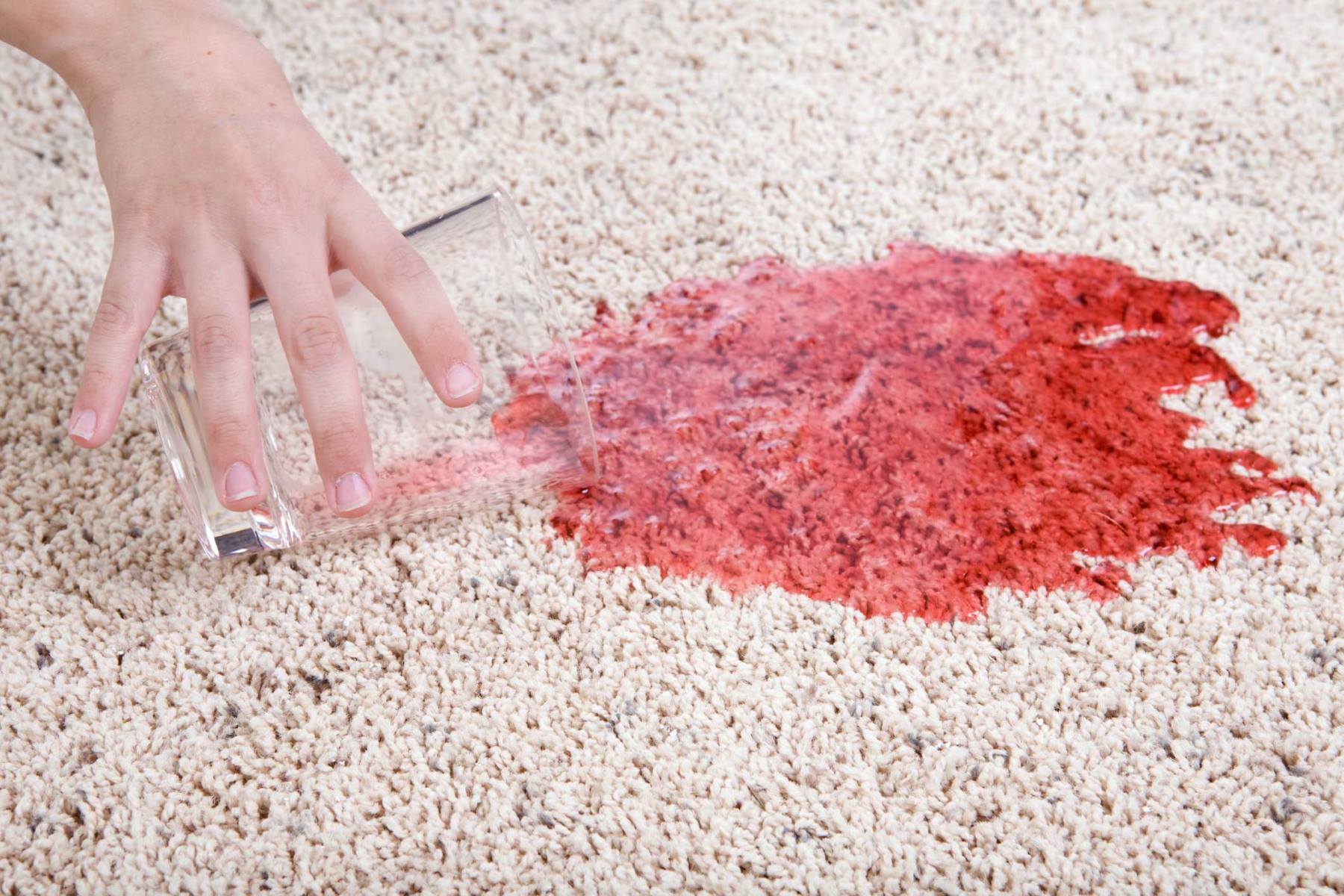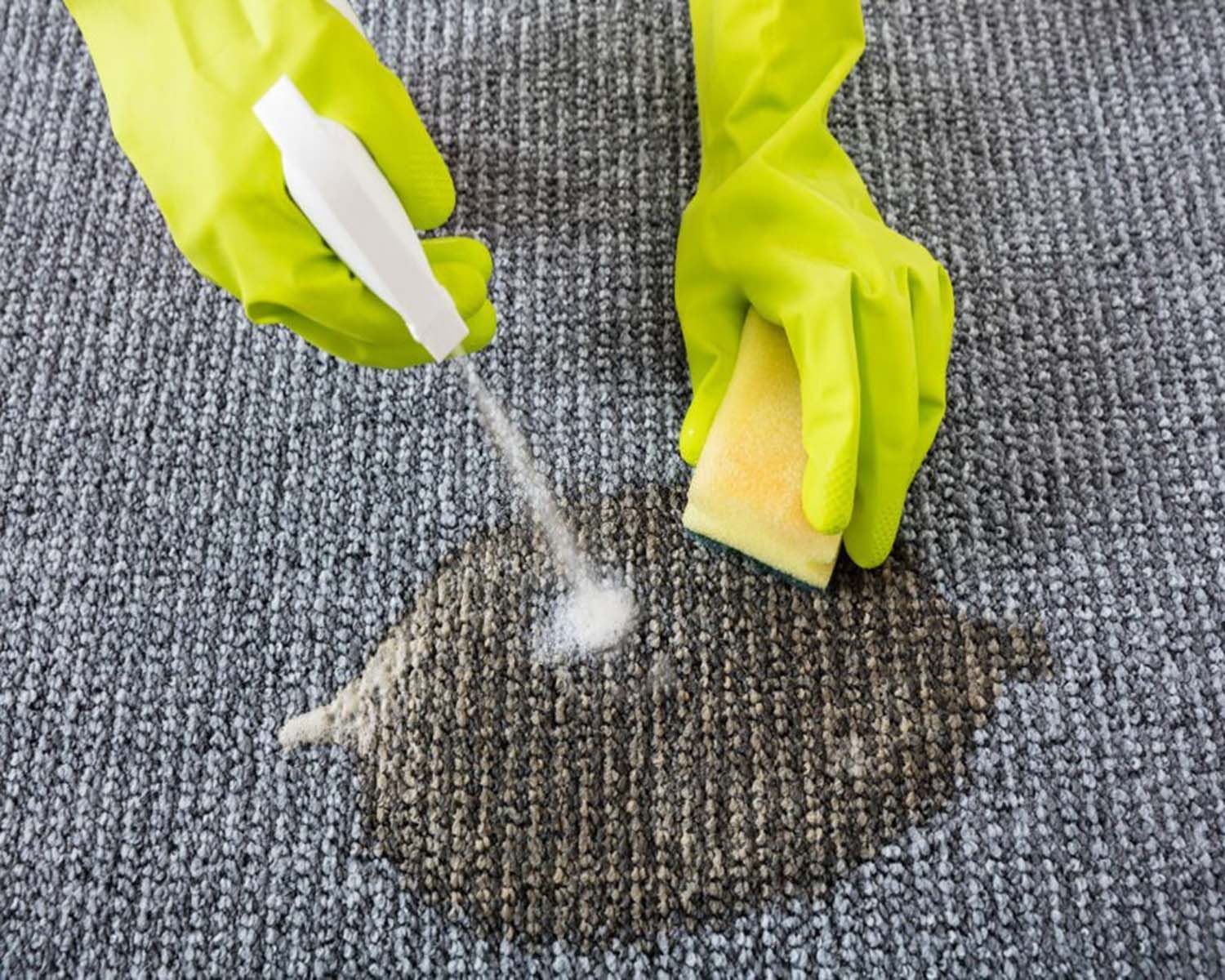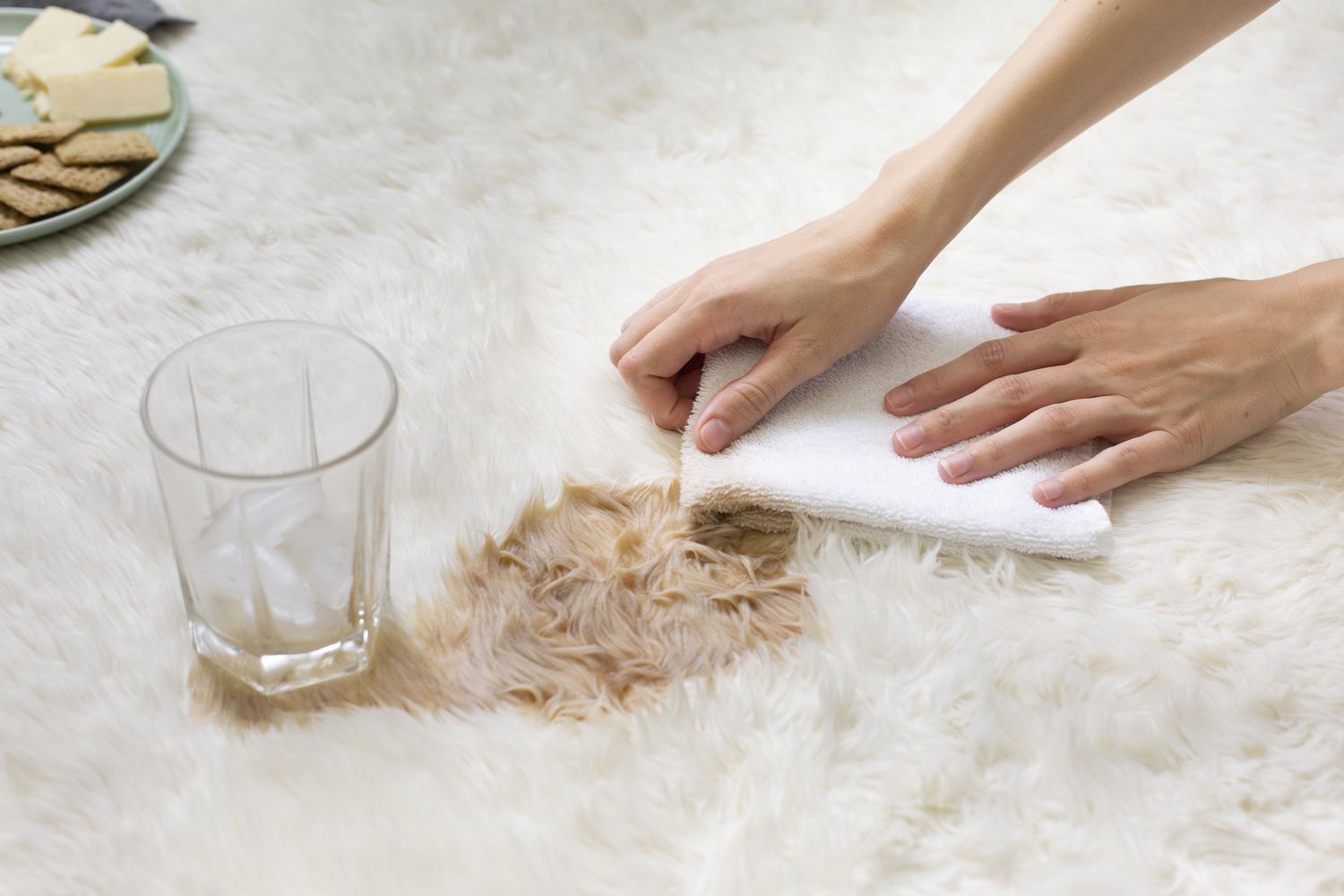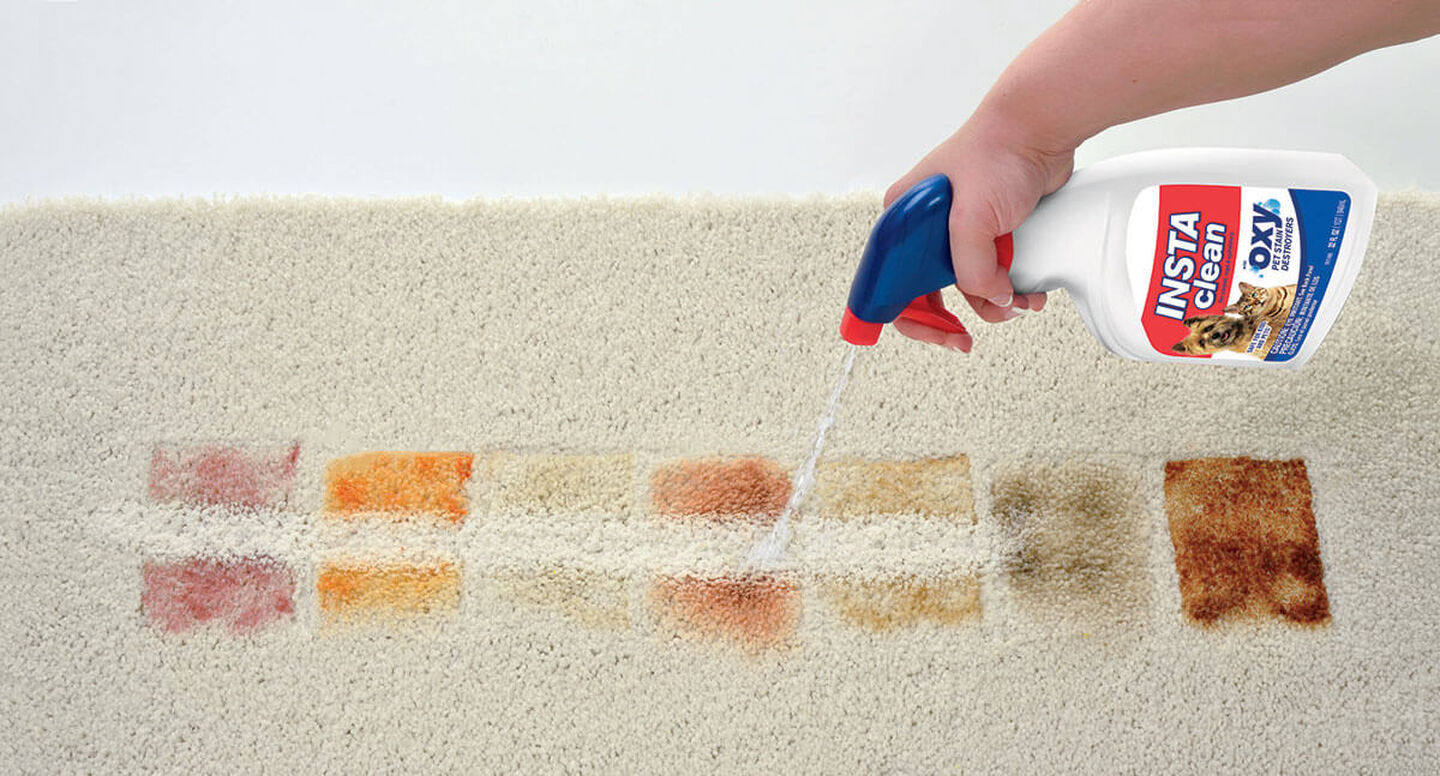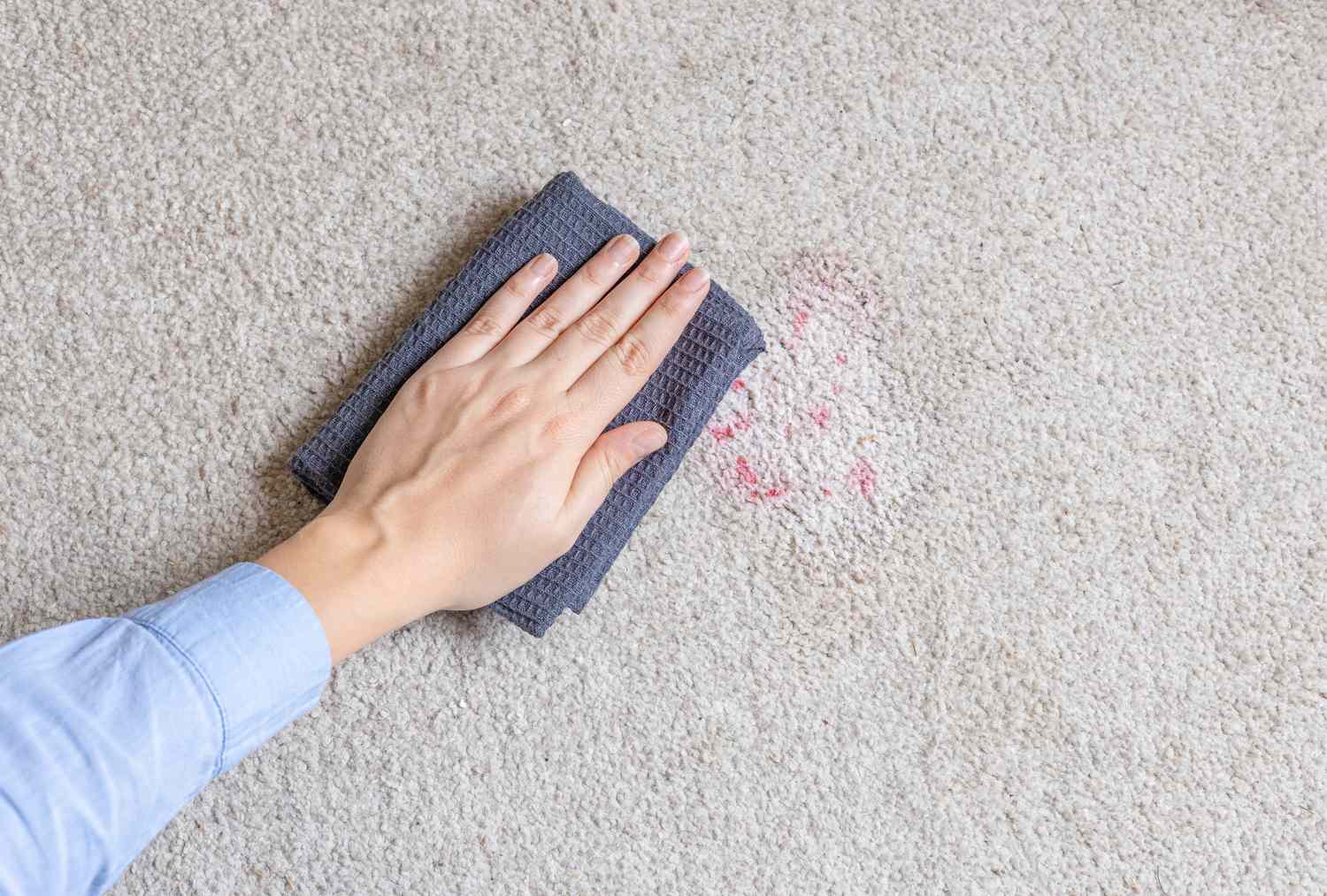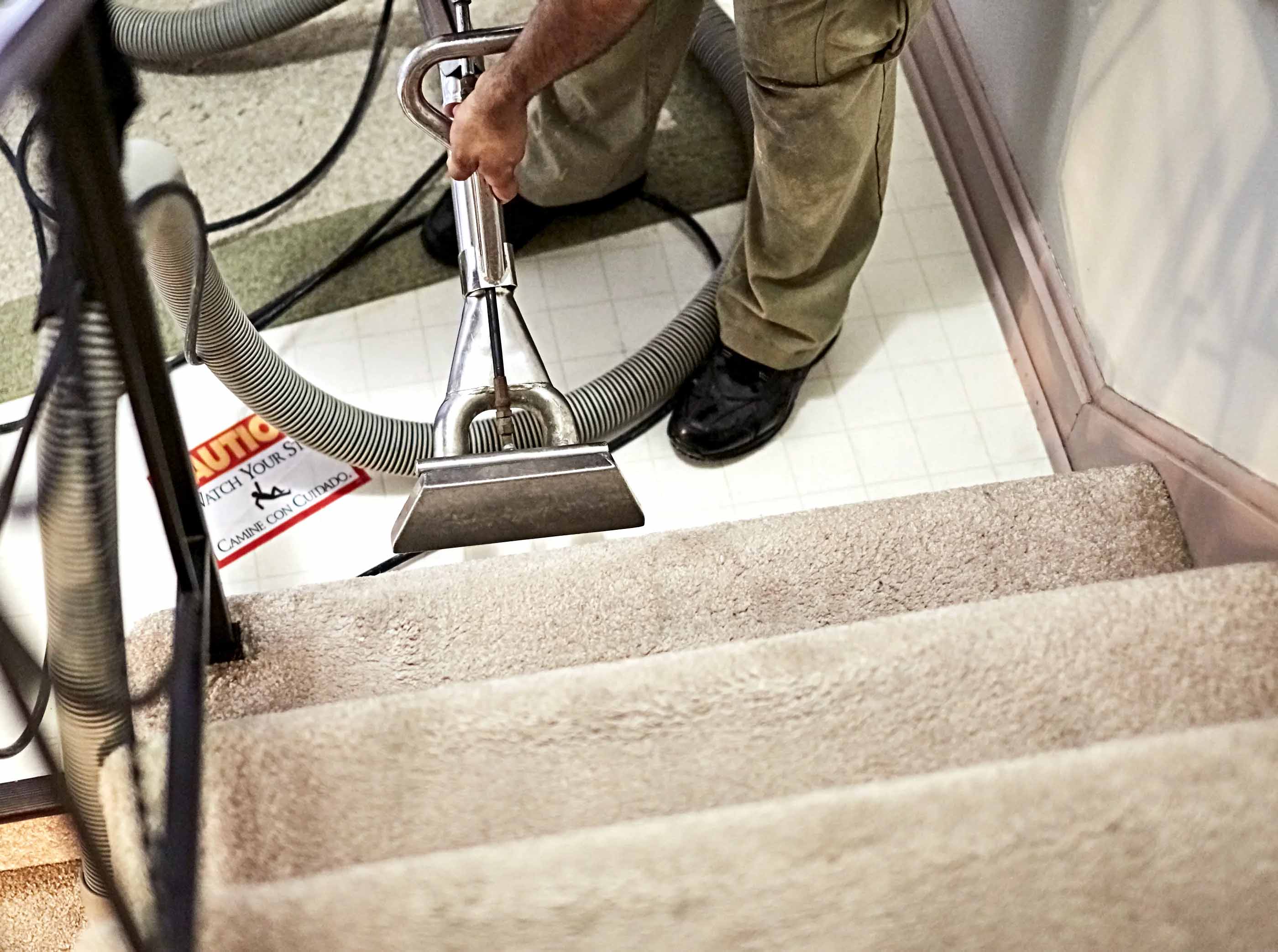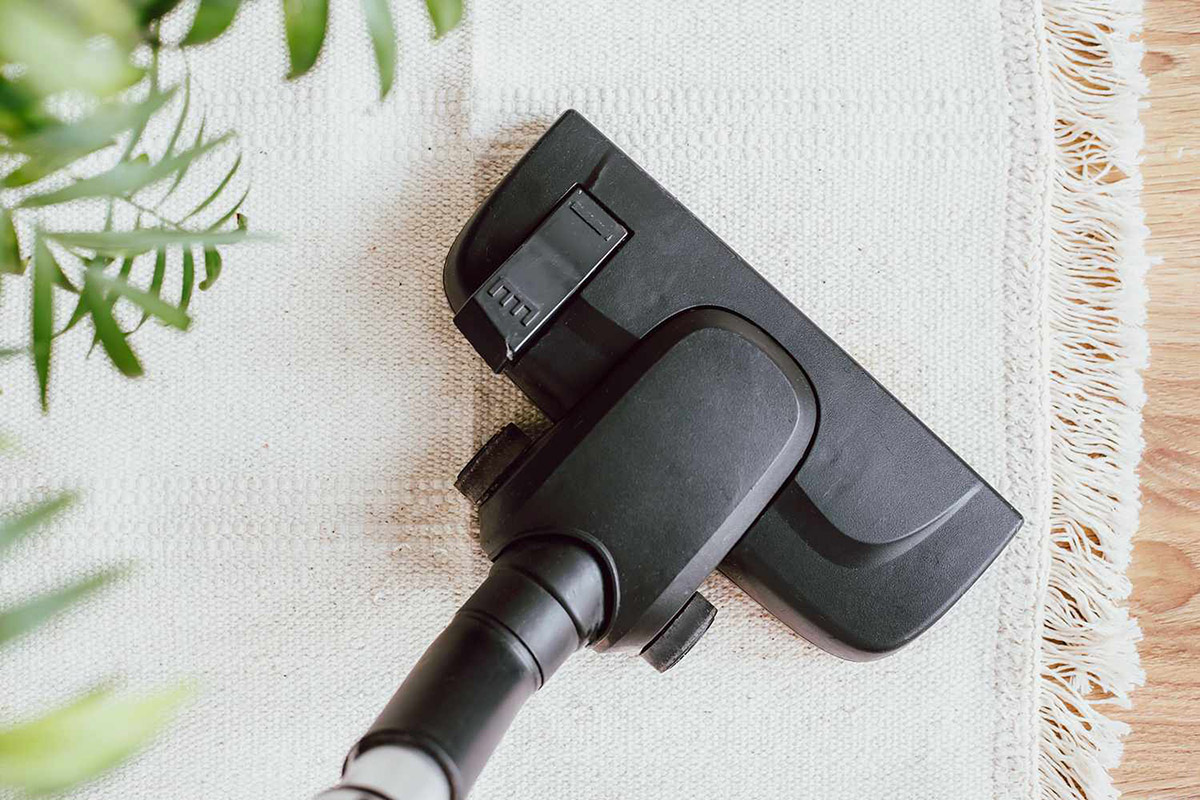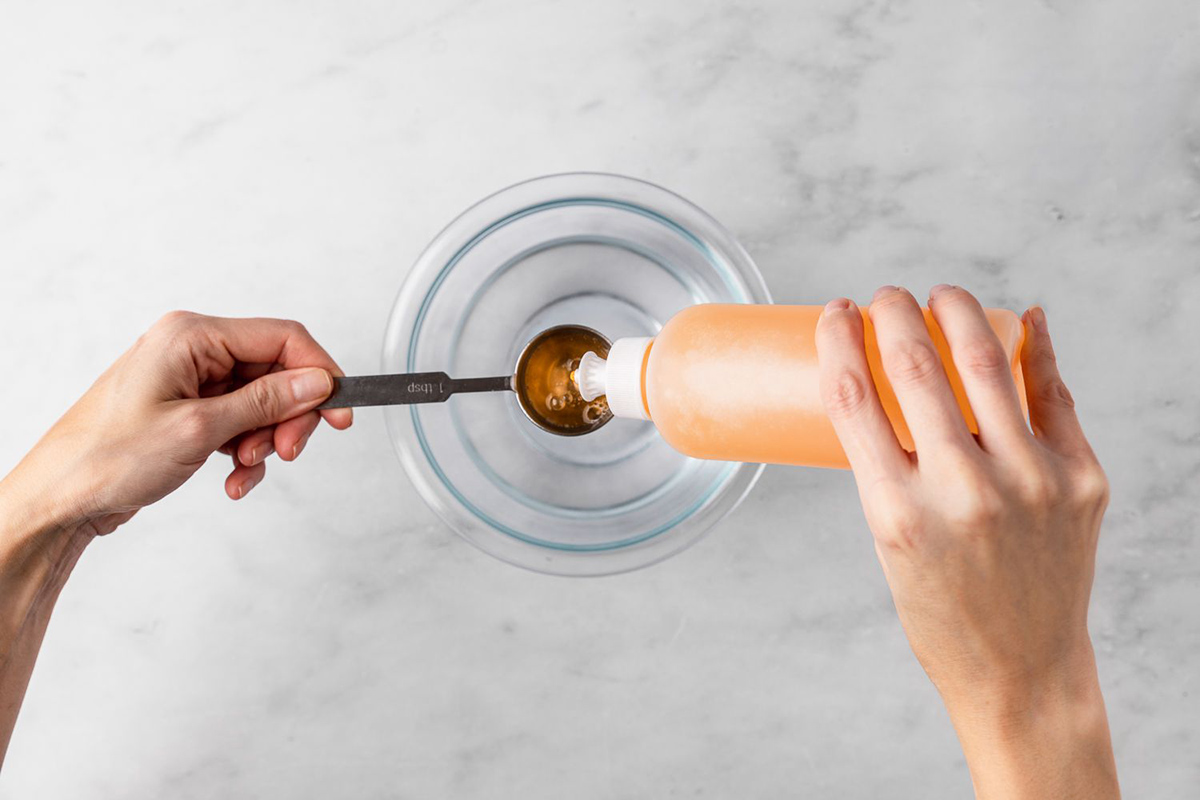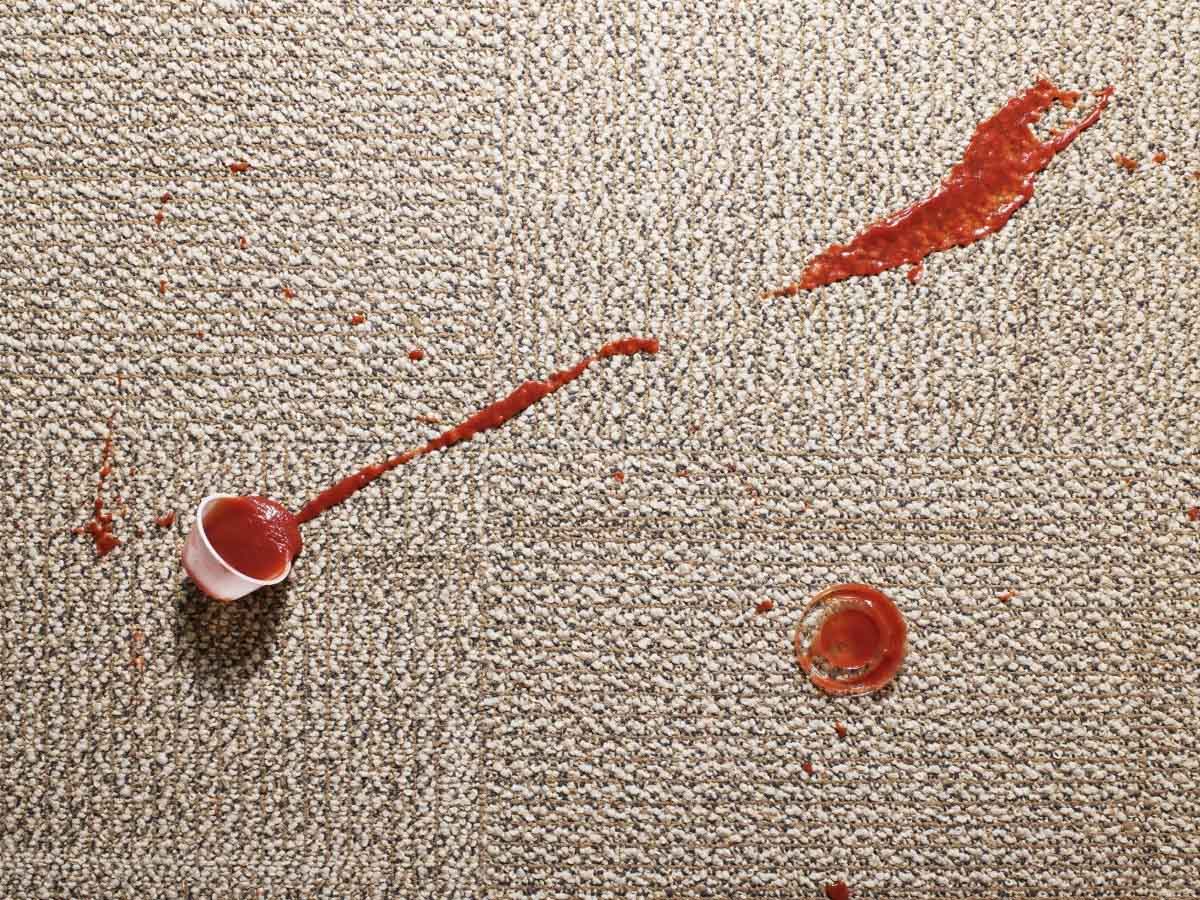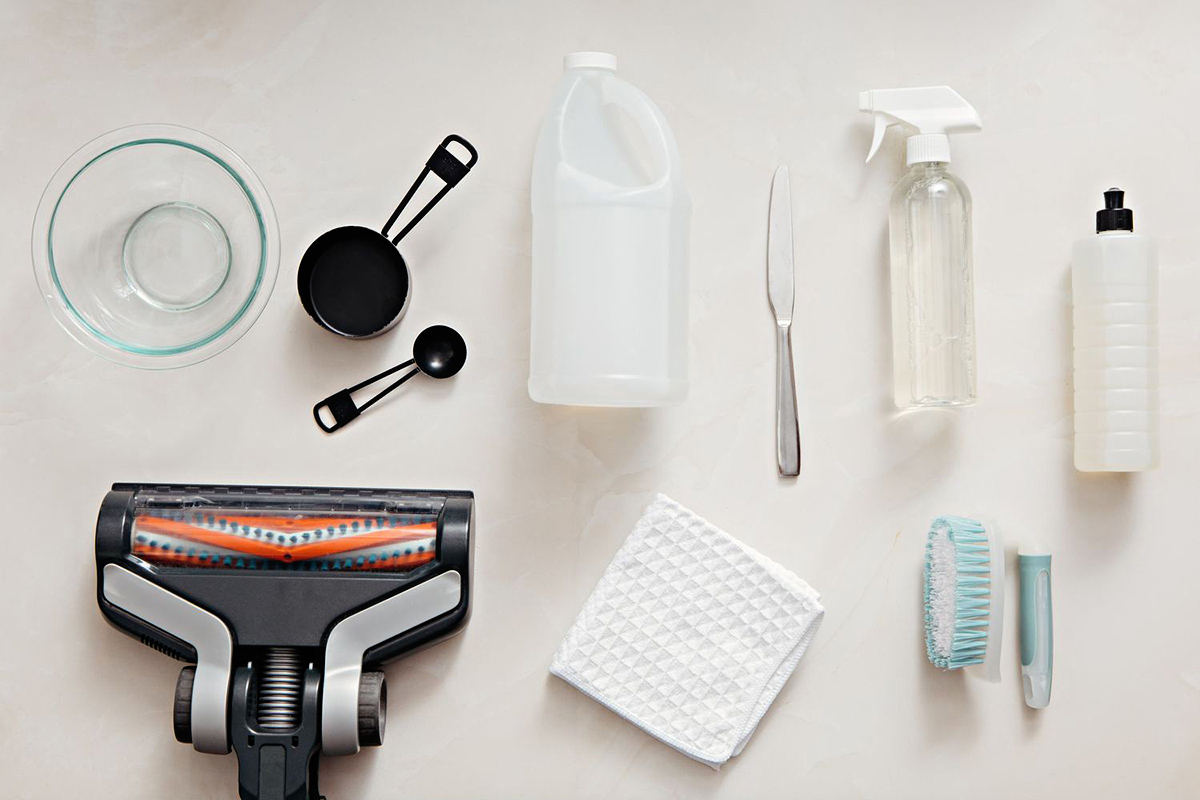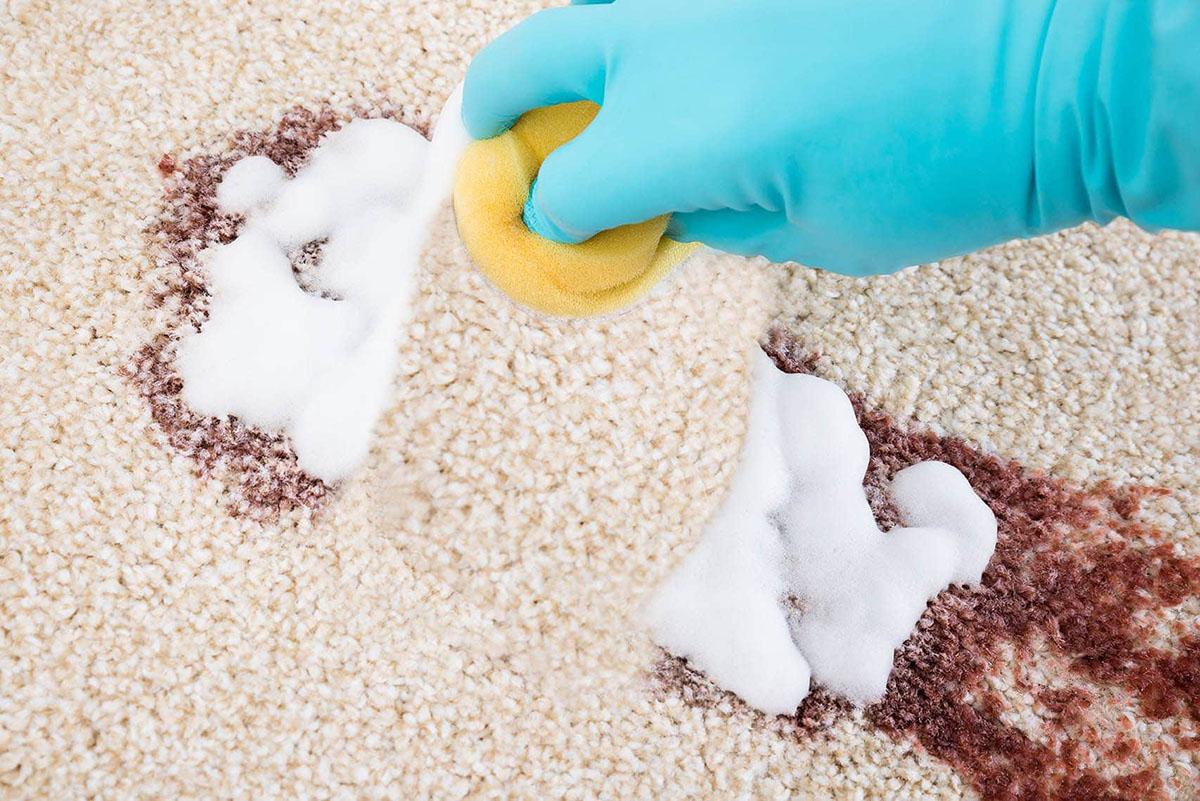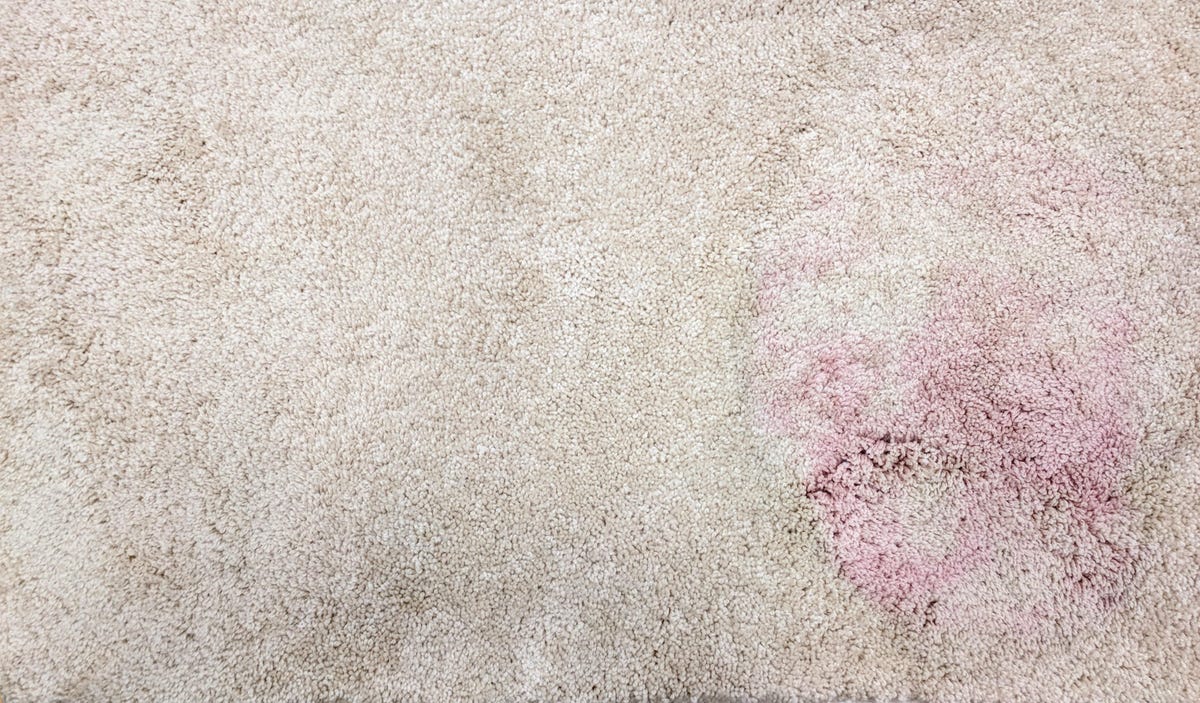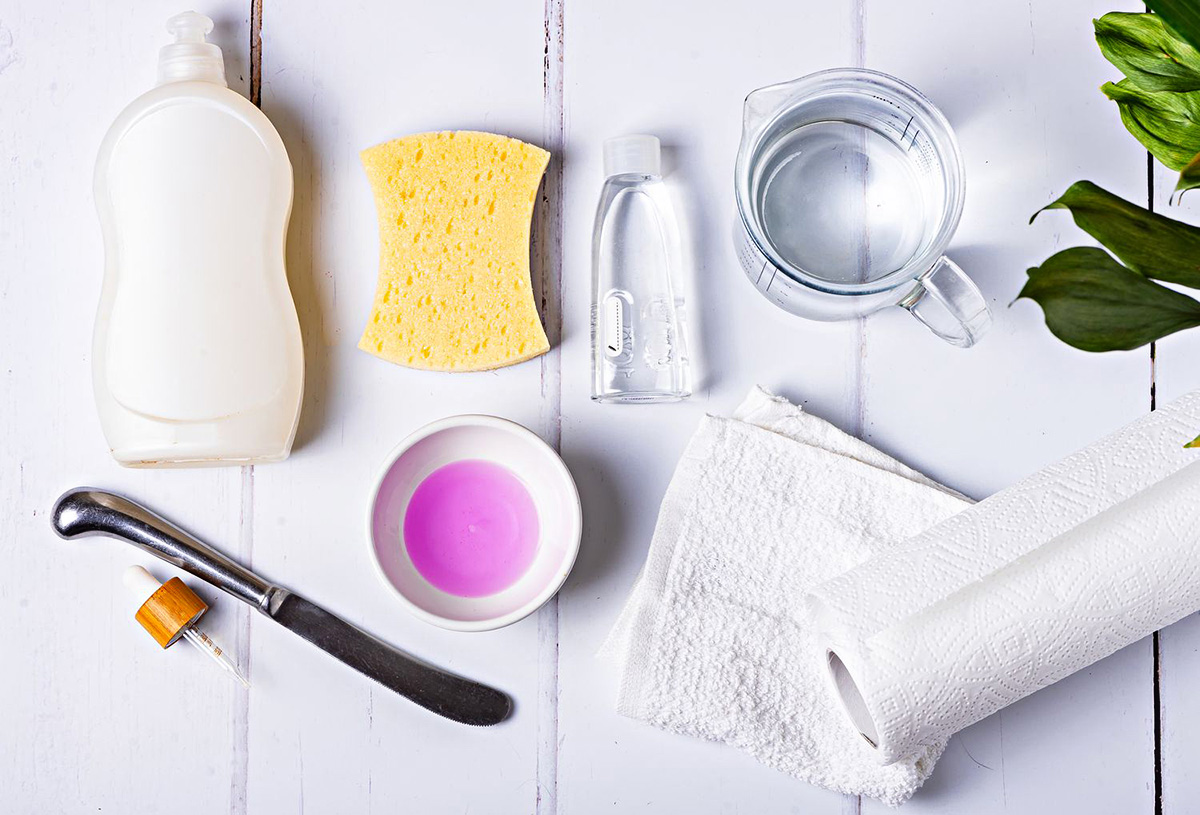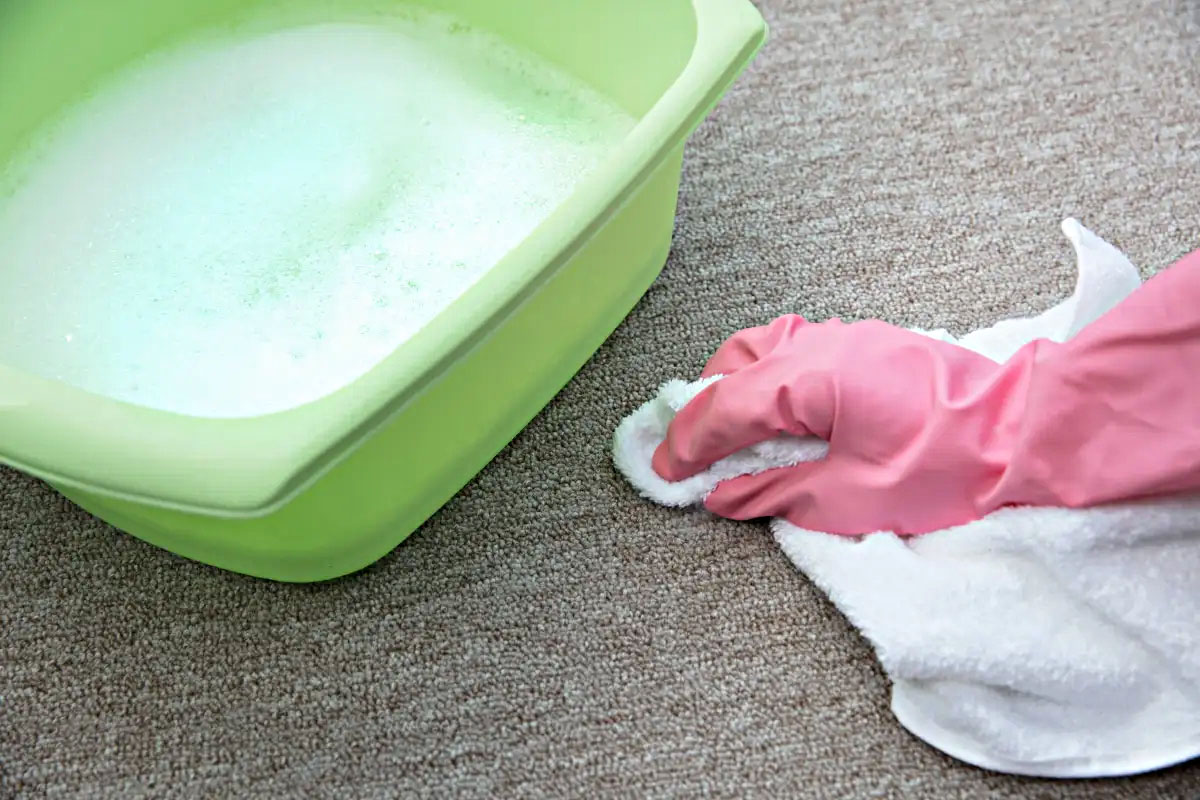Home>Articles>How To Get Cranberry Juice Stains Out Of The Carpet
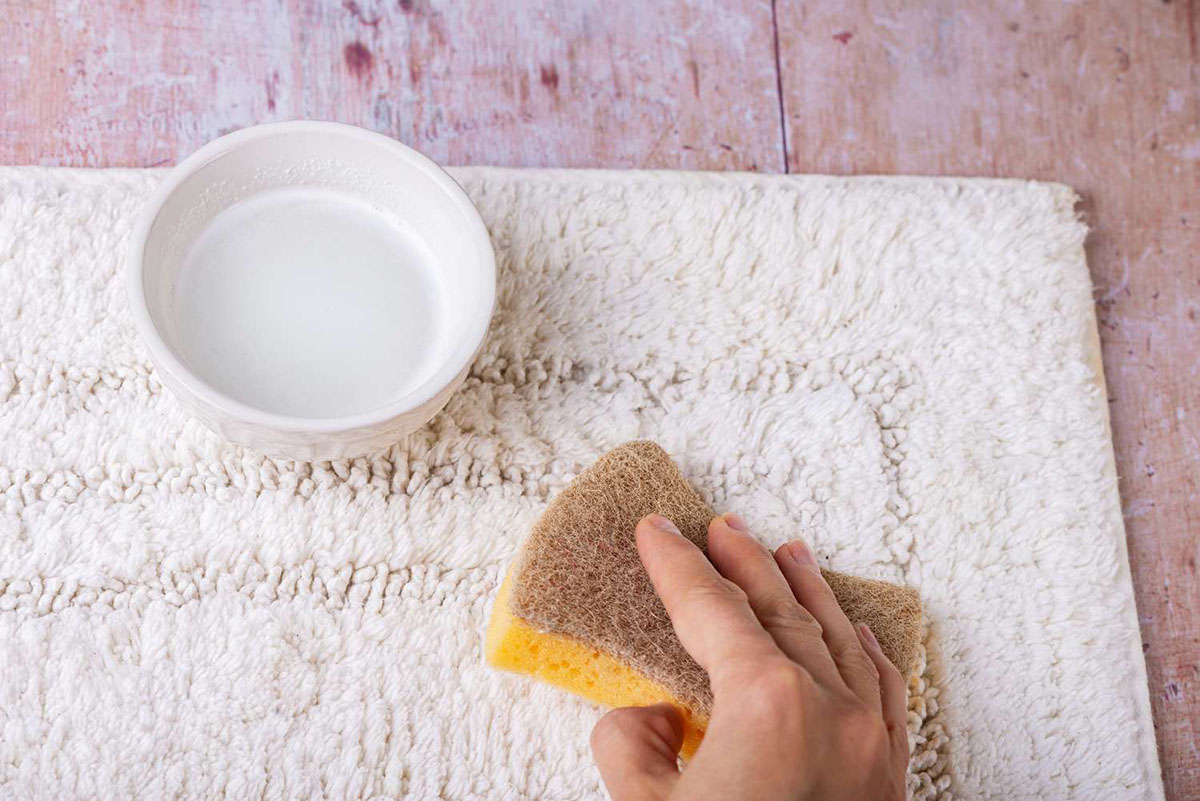

Articles
How To Get Cranberry Juice Stains Out Of The Carpet
Modified: February 21, 2024
Learn how to remove cranberry juice stains from your carpet with these helpful articles. Get step-by-step instructions and expert tips.
(Many of the links in this article redirect to a specific reviewed product. Your purchase of these products through affiliate links helps to generate commission for Storables.com, at no extra cost. Learn more)
Introduction
Cranberry juice is a delicious and refreshing beverage that many people enjoy. However, accidents happen, and it’s not uncommon for a spill to occur, resulting in an unsightly cranberry juice stain on your carpet. Fortunately, with the right supplies and techniques, you can easily remove these stains and restore your carpet’s pristine appearance.
In this article, we will guide you through a step-by-step process on how to get cranberry juice stains out of the carpet. It’s important to act quickly when dealing with stains to prevent them from setting into the fibers, making them more challenging to remove.
Before we begin, it’s important to gather the necessary supplies. You’ll need:
- A clean, white cloth or paper towel
- Warm water
- Dishwashing detergent
- White vinegar
- Ammonia (optional)
- A spray bottle
- Vacuum cleaner (optional)
Once you have these supplies ready, let’s dive into the steps to effectively remove cranberry juice stains from your carpet.
Key Takeaways:
- Act quickly and gather the necessary supplies to effectively remove cranberry juice stains from your carpet. Blot, dilute, apply a cleaning solution, and dry the carpet for successful stain removal.
- If the stain persists, try additional techniques using vinegar, ammonia, or hydrogen peroxide. Always test on a small area first. Properly dry the carpet to prevent moisture-related issues.
Read more: How To Get Cranberry Juice Out Of A Carpet
Supplies Needed
Before you begin the process of removing cranberry juice stains from your carpet, it’s essential to gather the necessary supplies. Having these on hand will ensure that you can quickly and effectively tackle the stain. Here’s what you’ll need:
- A clean, white cloth or paper towel: This will be used for blotting and absorbing the excess cranberry juice. Using a white cloth or paper towel is crucial as it prevents any color transfer onto the carpet.
- Warm water: Warm water is effective in diluting the stain and breaking down its components.
- Dishwashing detergent: Choose a mild dishwashing detergent that doesn’t contain any strong chemicals or bleach. This detergent will help to remove the stain without damaging the carpet fibers.
- White vinegar: White vinegar is a natural cleaning agent that can help in breaking down stubborn stains and neutralizing odors.
- Ammonia (optional): If the cranberry juice stain is particularly stubborn, you can use a small amount of ammonia mixed with warm water. However, exercise caution when using ammonia, as it can be harsh on certain types of carpet fibers. Test it in an inconspicuous area before applying.
- A spray bottle: This will be used to create a cleaning solution and apply it to the stain.
- Vacuum cleaner (optional): While not necessary, a vacuum cleaner can be useful for cleaning up any loose debris or residue from the carpet before and after the stain removal process.
Once you have gathered these supplies, you’ll be well-prepared to successfully tackle the cranberry juice stain on your carpet. Let’s move on to the steps involved in removing the stain.
Step 1: Blotting the Stain
As soon as you notice a cranberry juice stain on your carpet, it’s important to act quickly to prevent it from setting into the fibers. The first step in the stain removal process is blotting the stain to remove as much excess cranberry juice as possible. Follow these steps:
- Grab a clean, white cloth or paper towel: Choose a cloth or paper towel that you don’t mind getting stained, as it may absorb some of the cranberry juice during the blotting process.
- Gently blot the stain: Press the cloth or paper towel onto the stain, applying gentle pressure. Avoid rubbing the stain, as this can push the juice deeper into the carpet fibers.
- Rotate the cloth or paper towel: As the cloth or paper towel absorbs the cranberry juice, it may become saturated. To prevent spreading the stain further, rotate the cloth or use a fresh, clean area of the towel.
- Continue blotting until no more juice transfers: Repeat the blotting process until you no longer see any cranberry juice transferring onto the cloth or paper towel. This may take several minutes, depending on the size and depth of the stain.
- Dispose of the used cloth or paper towel: Once you have finished blotting, dispose of the used cloth or paper towel properly.
Blotting the stain helps to remove the excess cranberry juice before it has a chance to penetrate deeper into the carpet fibers. However, be careful not to scrub or rub the stain vigorously, as this can damage the carpet and spread the stain further.
Once you have completed the blotting process, it’s time to move on to Step 2: Diluting the Stain.
Step 2: Diluting the Stain
After you have blotted the cranberry juice stain to remove excess liquid, it’s time to dilute the remaining stain. Diluting the stain helps to prevent it from setting further into the carpet fibers and makes it easier to remove. Follow these steps:
- Prepare warm water: Fill a small bowl or container with warm water. Make sure the water is not too hot, as high temperatures can potentially damage the carpet.
- Moisten a clean cloth: Dip a clean cloth or sponge into the warm water. Wring out any excess water so that the cloth is damp but not dripping.
- Gently dab the stain: Take the damp cloth and gently dab the stained area. Start from the outer edges of the stain and work your way towards the center. Avoid scrubbing or rubbing the stain, as this can spread it further.
- Continue dabbing until the stain is diluted: Repeat the process of dabbing the stain with the damp cloth until you notice that the color of the stain is becoming lighter. The warm water will help to dilute the cranberry juice, making it easier to remove.
- Blot the area with a clean cloth: Switch to a clean cloth or paper towel and blot the dampened area to absorb any excess moisture. This will also help to remove the diluted stain from the carpet fibers.
Remember to be gentle when dabbing or blotting the stain to avoid damaging the carpet fibers. Take your time and repeat the process if necessary until you see a noticeable improvement in the stain’s appearance.
Once you have successfully diluted the cranberry juice stain, it’s time to move on to the next step: applying a cleaning solution.
Step 3: Applying a Cleaning Solution
Now that you have blotted and diluted the cranberry juice stain, it’s time to apply a cleaning solution to further break down and remove the stain. Follow these steps:
- Create a cleaning solution: In a spray bottle, mix one tablespoon of dishwashing detergent with two cups of warm water. Gently shake the bottle to ensure that the cleaning solution is well mixed.
- Spray the cleaning solution onto the stain: Spray a light mist of the cleaning solution onto the stained area. Be careful not to oversaturate the carpet, as excessive moisture can lead to potential damage.
- Let the cleaning solution sit: Allow the cleaning solution to sit on the stain for about 5-10 minutes. This will give it time to penetrate the fibers and break down the remaining cranberry juice stain.
- Blot the area: Take a clean cloth or paper towel and blot the treated area. Press down gently to absorb the cleaning solution and any dissolved stain particles.
- Rinse with warm water: Moisten a clean cloth with warm water and dab the area to rinse away the cleaning solution. This step helps to remove any residue and prevent it from attracting dirt in the future.
By applying a cleaning solution, you are targeting the cranberry juice stain directly and using the detergent’s cleaning properties to break it down. Remember to be gentle when blotting and rinsing to avoid spreading the stain further or damaging the carpet fibers.
If the cranberry juice stain persists after this step, don’t worry. We will address that in the next step: removing residual stains.
Blot the cranberry juice stain with a clean cloth to absorb as much liquid as possible. Mix 1 tablespoon of dish soap with 2 cups of warm water and blot the stain with the solution. Then, rinse with water and blot dry.
Read more: How To Get A Juice Stain Out Of The Carpet
Step 4: Blotting and Rinsing
After applying a cleaning solution to the cranberry juice stain, it’s time to proceed with blotting and rinsing to remove any residual stain and cleaning solution. Follow these steps:
- Blot the area: Take a clean, dry cloth or paper towel and gently blot the treated area. This will help to absorb any remaining cleaning solution and residual stain particles.
- Continue blotting until dry: Repeat the blotting process until the carpet feels slightly damp, but not overly wet. If necessary, switch to a new cloth or paper towel to ensure an effective absorption of moisture.
- Rinse with warm water: Moisten a clean cloth with warm water and gently dab the treated area to rinse away any remaining cleaning solution. This step helps to remove any residue and prevent it from attracting dirt or leaving a soapy film on the carpet.
- Blot the area again: Once you have rinsed the area, use a dry cloth or paper towel to blot and absorb the moisture. Apply gentle pressure without rubbing to avoid spreading the stain or damaging the carpet fibers.
Blotting and rinsing are crucial steps in the stain removal process as they help to remove any lingering cleaning solution and residual stain particles. It’s important to ensure that the treated area is thoroughly dried to prevent any potential discoloration or mold growth.
If there are still signs of the cranberry juice stain on your carpet, there’s no need to worry. We will address this in the next step: removing residual stains.
Step 5: Removing Residual Stains
If there are still residual stains left after following the previous steps, there are a few additional techniques you can try to eliminate them. Keep in mind that these methods are suitable for most carpet types, but it’s always wise to test them on a small, inconspicuous area of the carpet before proceeding. Here’s what you can do:
- Vinegar Solution: Create a mixture of equal parts white vinegar and warm water. Dampen a clean cloth with the solution and gently blot the residual stain. Vinegar is effective in breaking down stubborn stains and neutralizing odors. Rinse the area with warm water and blot dry.
- Ammonia Solution: Mix one tablespoon of clear household ammonia with one cup of warm water. Dampen a clean cloth with the solution and gently blot the residual stain. Ammonia is helpful in lifting tough stains. Remember to ventilate the area well while using ammonia and rinse the area thoroughly with warm water after application.
- Hydrogen Peroxide: Hydrogen peroxide can be an effective stain remover, but it’s best suited for light-colored or white carpets to avoid causing discoloration. Apply a small amount of hydrogen peroxide (3% concentration) directly to the residual stain and let it sit for a few minutes. Blot the treated area with a clean cloth and rinse with warm water.
Remember to always blot the residual stain gently, working from the outer edges toward the center. Avoid rubbing or scrubbing vigorously, as it can damage the carpet fibers or spread the stain further.
If none of these methods succeed in removing the residual stain, it might be time to consider seeking professional carpet cleaning services. Professionals have specialized equipment and expertise to tackle stubborn stains effectively.
Once you have successfully removed the residual stain, it’s important to ensure that the carpet is properly dried. Let’s move on to the final step: drying the carpet.
Step 6: Drying the Carpet
After treating the cranberry juice stain and removing any residual stains, it’s crucial to properly dry the carpet to prevent any moisture-related issues. Here’s what you should do:
- Blot excess moisture: Use a clean, dry cloth or paper towel to gently blot the treated area. Apply gentle pressure to absorb as much moisture as possible. Repeat the process with a fresh cloth or paper towel until the carpet feels just slightly damp.
- Air circulation: Increase the air circulation in the room by opening windows, turning on fans, or using a dehumidifier. This will help to speed up the drying process and prevent any mold or mildew growth.
- Avoid traffic on wet carpet: While drying, avoid walking or placing furniture on the damp carpet to prevent any potential damage or the transfer of moisture to other areas.
- Use a carpet cleaner or vacuum: Once the carpet is completely dry, you can use a carpet cleaner or vacuum to restore its appearance. This step will help remove any remaining residue or debris.
It’s important to ensure that the carpet is thoroughly dried to prevent any mold growth or re-soiling. Depending on the climate and humidity levels, the drying process may take several hours, so be patient and allow enough time for the carpet to dry completely.
Congratulations! You have successfully removed the cranberry juice stain from your carpet and restored its pristine appearance. By following these steps and acting promptly, you can effectively tackle stains and keep your carpet looking clean and fresh.
Remember, prevention is key. To avoid future stains, consider placing mats or rugs in high-traffic areas, practicing caution when consuming staining substances around the carpet, and addressing spills immediately. With proper care, your carpet will remain beautiful for years to come.
We hope this guide has been helpful in assisting you with the process of removing cranberry juice stains from your carpet. Happy cleaning!
Conclusion
Dealing with cranberry juice stains on your carpet can be a frustrating experience, but with the right supplies and techniques, you can effectively remove them and restore the beauty of your carpet. Acting quickly is essential to prevent the stain from setting into the fibers and becoming more challenging to remove.
In this article, we have provided a comprehensive step-by-step guide to help you get rid of cranberry juice stains from your carpet. From blotting the stain and diluting it to applying a cleaning solution and removing residual stains, we have covered the entire process to ensure successful stain removal.
It is vital to have the necessary supplies readily available, such as a clean cloth, warm water, dishwashing detergent, white vinegar, and ammonia (optional). These supplies, along with a spray bottle and a vacuum cleaner, will aid in the stain removal process.
Remember to handle the carpet with care throughout the process. Avoid rubbing or scrubbing vigorously, as it can damage the fibers and spread the stain further. Instead, blot and dab gently to lift the stain off the carpet.
If the stain persists after these steps, you can try additional techniques using vinegar solution, ammonia solution, or hydrogen peroxide to further eliminate the residual stain. However, always test these methods on a small, inconspicuous area before applying them to the entire stain.
Once the stain is successfully removed, make sure to properly dry the carpet to prevent any moisture-related issues, such as mold or mildew growth. Increase air circulation in the room and avoid walking on the damp carpet until it is completely dry.
We hope this article has provided you with valuable insights and guidance on how to remove cranberry juice stains from your carpet. Remember, prevention is key, so take precautions to avoid future spills and stains. With proper care and prompt action, your carpet will remain in pristine condition for years to come.
Thank you for reading, and we wish you success and satisfaction in your stain removal endeavors!
Frequently Asked Questions about How To Get Cranberry Juice Stains Out Of The Carpet
Was this page helpful?
At Storables.com, we guarantee accurate and reliable information. Our content, validated by Expert Board Contributors, is crafted following stringent Editorial Policies. We're committed to providing you with well-researched, expert-backed insights for all your informational needs.
